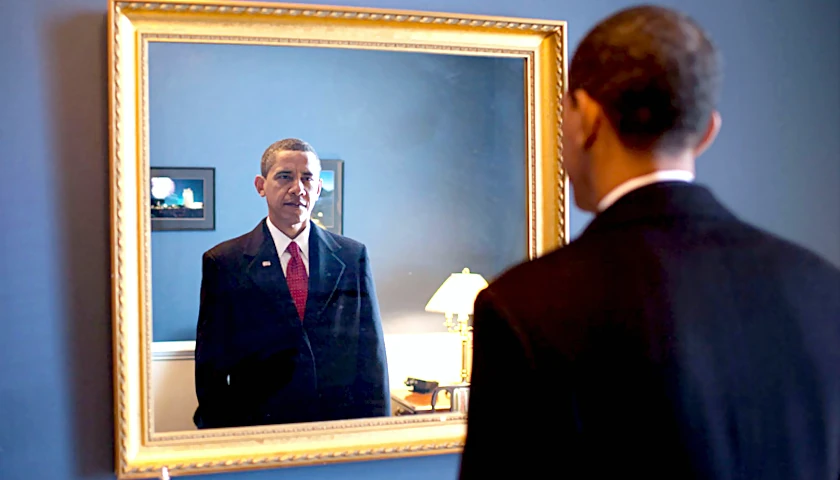Three years counts as several lifetimes on social media.
Twitter may have been the dominant platform mastered by then-candidate Donald Trump in 2016 but it likely will not be the way most voters learn about the crowded field of 2020 Democratic presidential candidates.
Instead, Instagram – a photo platform focused more on storytelling through images– has become the place for Senator Elizabeth Warren to crack open a beer, for Beto O’Rourke to turn a trip to the dentist into a policy discussion and for Senator Kamala Harris to dance to Beyonce.
Experts say candidates can dominate the social media game during the 2020 election by mastering tone, not platform.
“Instagram Stories has become a place where people can really weave together a lot of different types of content and engage with people that aren’t necessarily watching the day to day Twitter wars,” Alex Wall, the director of digital strategy for the Obama White House and for Hillary Clinton’s 2016 presidential campaign, tells VOA. Wall – who is now a vice president of digital engagement at the Center for American Progress, a progressive think tank – says candidates are seeking to imitate the way voters use these platforms in their daily lives, mixing sports, news, entertainment and friend updates all in one feed.
Twitter remains dominated by people who follow politics for a living – journalists, analysts and politicians themselves taking to the platform to engage with issues on a level most casual voters don’t have time to closely follow.
Instagram Live and Instagram Stories did not exist during the 2016 campaign, although Facebook Live did debut in April 2016. The spread of easily accessible live video – essentially a free broadcasting platform for anyone with a phone – could be a game changer for candidates at this early stage of the presidential campaign.
During the 2016 election, campaign social media posts outpaced campaign websites and emails as the lead source for voters seeking information on presidential candidates. 24% of all adults turned to social media posts, with voters aged 18-29 heading to social media in the largest numbers at 37%, according to a Pew Research study.
“The presidential candidates this cycle really know that they need to come across as genuine and relatable and not packaged or distant,” says Molly O’Rourke, the director of American University’s master’s program on political communication. “Social media is such a valuable tool for them to do that. It allows the candidates to communicate directly, kind of more informally, and in real time, it’s more like a conversation.”
Even though it is very early in the election cycle, some candidates are outpacing others. Mayor Pete Buttigieg has gained the most followers on Instagram of any of the 21 declared presidential candidates, likely thanks in part to the active social media presence of his husband and his dog. Senator Kamala Harris led the field in social media interactions, notching 16.5 million Facebook and Twitter interactions in a three-month span, according to an Axios analysis.
The early stages of the race benefit social media experimentation.
“We’re just still so far out from Iowa that we’re in a spot where candidates are trying to raise money, trying to develop some kind of lane, some kind of niche,” says Dave Karpf, Associate Professor of Media and Public Affairs at The George Washington University. “You have everyone playing around.”
Wall says the number one challenge for a digital strategist is to find a social media voice that is consistent with the candidate. The current level of informality and experimentation on social media may benefit the younger candidates who are more comfortable with the platforms. Cory Booker has been taking selfies with voters for years. Beto O’Rourke takes Facebook Live questions while driving to and from campaign stops.
“I don’t think Kamala, or Pete could use Instagram in quite the same way that you know, a Joe Biden or a Bernie Sanders,” says Wall. “They’re just very different ages, very different people and so finding a way to use the platform that is true to their voice, and true to who they are as a candidate is really key.” That is a striking difference from former President Obama or candidate Clinton, who both came of age politically in very different media environments.
These much more social-media savvy candidates will also have to prove their worth in taking on President Trump. According to an August 2018 Pew Research survey, only 14% of Americans changed their views on an issue because of something they saw on social media. But Wall thinks the Democratic field will find success against Trump in 2020 by turning social media back to its intended purpose, as a forum for discussion.
“Trump has weaponized Twitter,” Wall says, noting that the Democratic field is already adept at using social media platforms for question and answer sessions with voters “The American people are really hungry for a dialogue on social media. That’s how you use social media. And I think with Trump, we’ve really lost that.”
– – –
Photo “Kamala Harris” by Kamala Harris.





